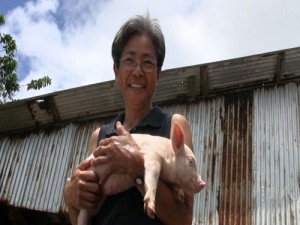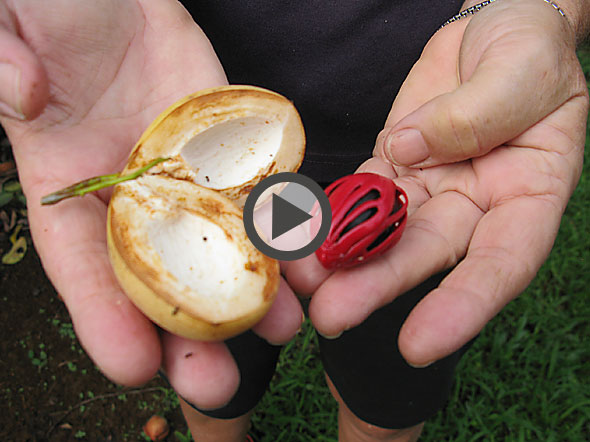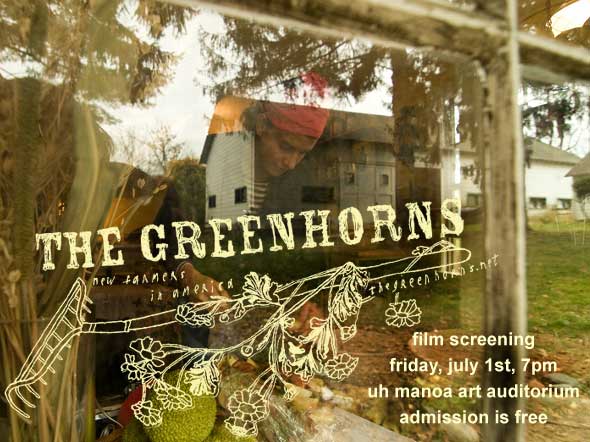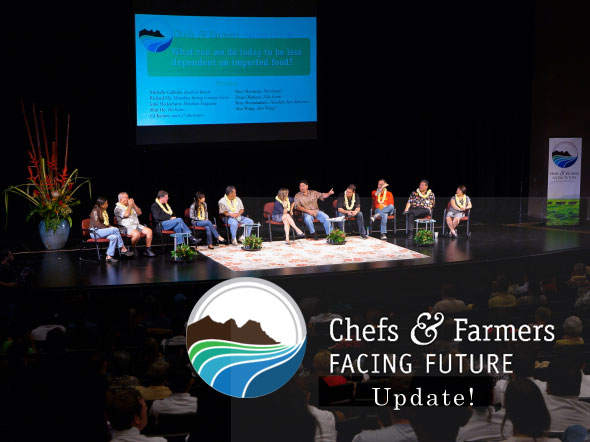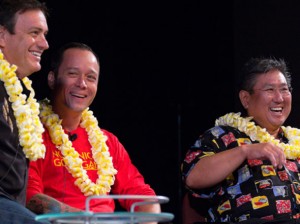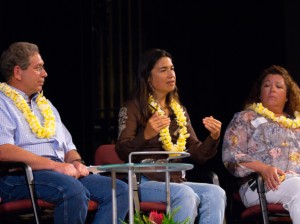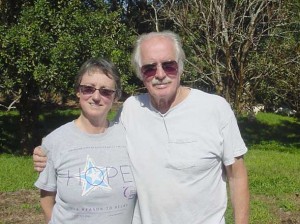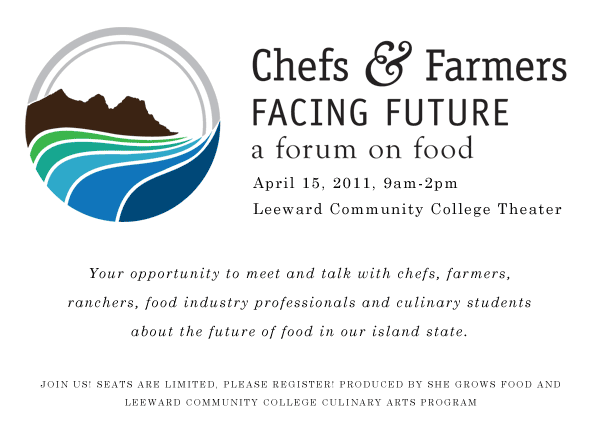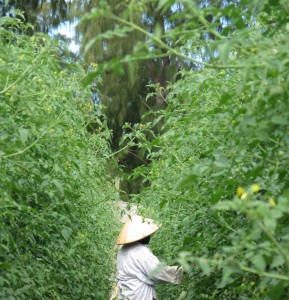Can we help to save a farming community? We have done it before. We need to do it again.
At the end of World War II, Hawaii’s Okinawan community quickly mobilized after they learned that Okinawa’s farms were nearly completely destroyed. They rallied their resources and sent seeds, milking goats and pigs to help restart Okinawa’s local food system.
This amazing story about the power of compassion and community was ironically revealed to us during a deep investigation into the disappearance of Hawaii’s own hog farms.
We went in with these questions: Why is it so hard to find fresh island-raised pork? What happened to all of the farmers?
Since the 1950’s, ever-increasing and encroaching housing development has shut down hundreds of hog and chicken farms on Oahu – from Kalihi Valley, Waialae, Koko Head, Ewa Beach, even Moiliili. In the early 1970’s, 60% of the pork consumed here in Hawaii were from local farms.
Leap to 2011. We need to recover our tradition of hog farming in Hawaii.
How can we help?
Step 1: Raise demand for local pork. Ask our retailers, restaurants, and friends to start serving locally-raised pork. A way to revitalize our hog farms is to increase and secure the demand for locally-raised pork. It is important to ask for locally-raised, not just locally processed. By increasing the demand for locally-raised pork we are securing and protecting our remaining farms. An ever increasing demand for locally-raised pork may encourage others to come back into hog farming or start hog farming.
Step 2: Buy local pork. Higa Meats has a retail outlet on Oahu and sells Shinsato Farm pork. Contact them at: (808) 531-3591. M & H Kaneshiro Farms is on Kauai and can be reached at (808) 742-7285.
Step 3: Enjoy local pork. Here are a few places serving up local pork: town, Heeia Pier and Deli, Morning Glass, Baja-Style Mexican Cuisine (Honolulu and Kailua Farmers Markets, sometimes KCC), Guava Smoked (Honolulu Farmers Market), 12th Avenue Grill, Kona Brewing Co., BLT, Kalapawai Cafe, Roy’s Ko’olina and Waikiki. If you know of any place else serving Shinsato or Kaneshiro farm pork, let us know!
Step 4: Spread the word. Pick up the phone, email, blog, tweet, post. Or write a letter to the Editor or Op-Ed like we did! Here’s a link to “Food Traditions and Food Security” in case you haven’t seen it.
Both Shinsato and Kaneshiro farms are piglet to plate operations. What we mean by piglet to plate is that these farms are full circle – both raise their pigs from baby and they are cared for by a family, day in and day out. In our industrialized world, this way of traditional hog farming is a rarity. This tradition of family pig raising has evolved and refined itself over centuries in Okinawa, and over generations here in Hawaii. It is definitely a craft, and after getting to know these farmers, you may even feel as we do, that it is an art.
Two of the remaining hog farms in Hawaii are owned and operated by families of Okinawan descent, speaks to the deep cultural relevance of agriculture and food in our lives and in our world. We are fascinated with this and will be posting more on this.
That women are a significant part of the operations of both farms is also completely intriguing to us. We’ll be posting our interview with Amy Shinsato, along with a pink hued spotlight on Okinawan cuisine’s love affair with pork. Then stay tuned for an interview with and profile on Val Kaneshiro.


